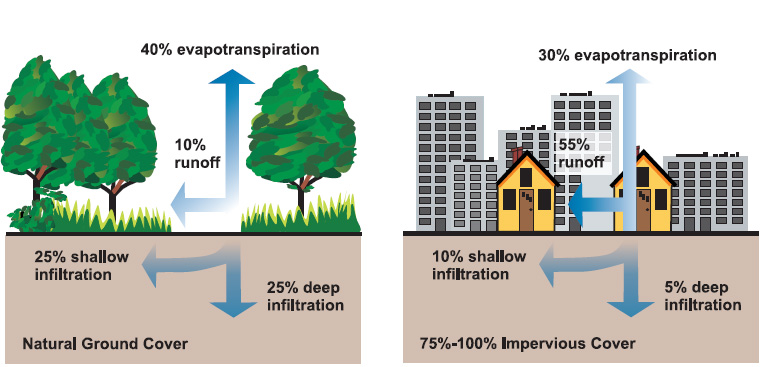Here is how the LBC 3.0 Imperative #9 is written:
 |
| Living Building Challenge 3.0: Imperative #9 Biophilic Environment |
Of the imperative's above, I would like to particularly highlight the following:
"(Show) how the project will be uniquely connected to the place, climate and culture through Place-based Relationships."and
"The plan should include historical, cultural, ecological, and climatic studies that thoroughly examine the site and context for the project."So what does this mean for practitioners who are interested in meeting Living Building Challenge standards while fostering an intrinsic connection to place through biomimicry? And how do we communicate the value of a regional and site-specific Genius of Place initiative without confusing people with all the "Bio" terms? (See Terrapin Bright Green's amazing post on this subject to learn more about the distinction.)


